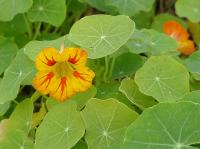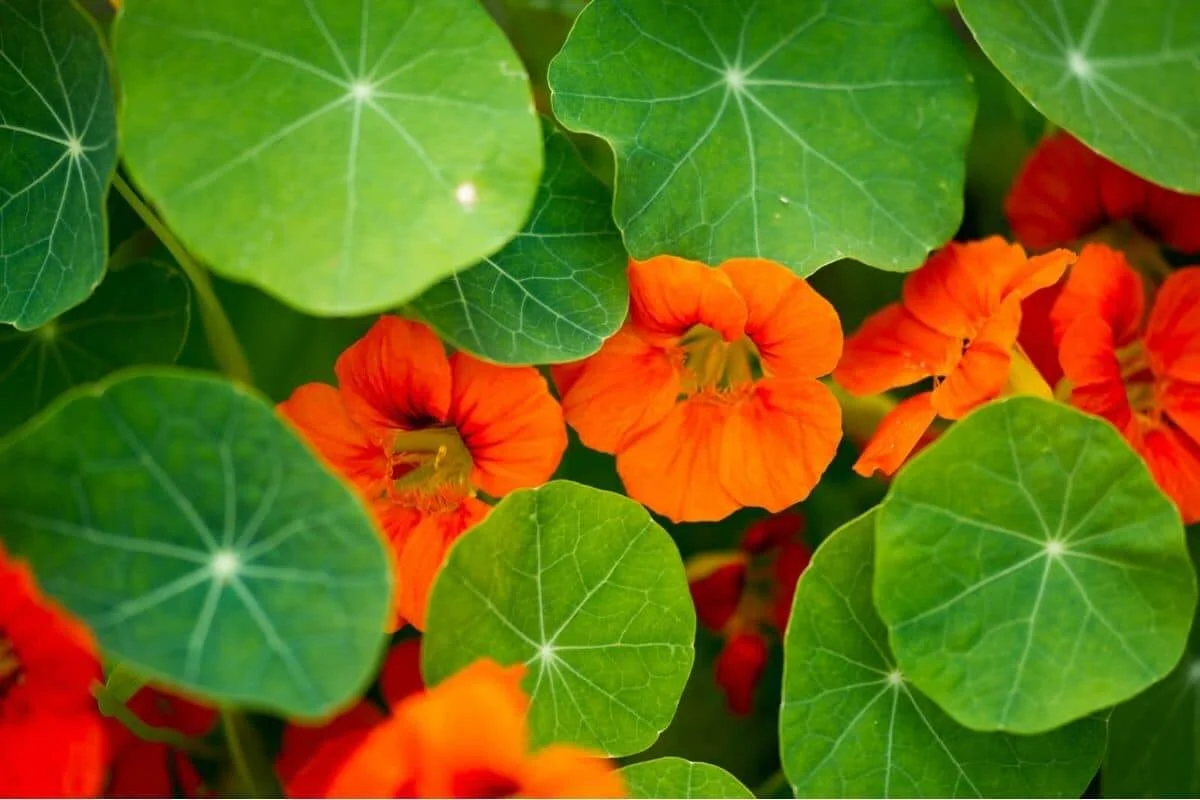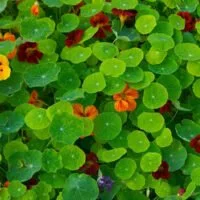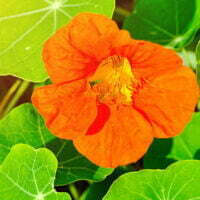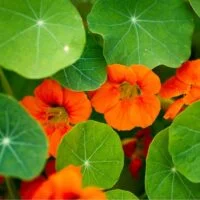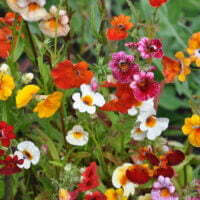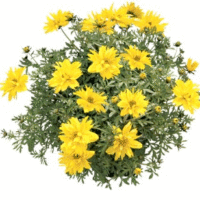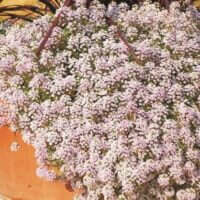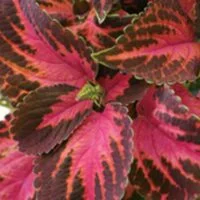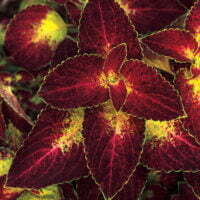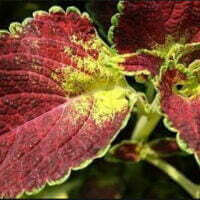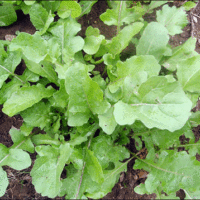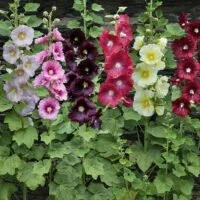| Botanical name | Tropaeolum majus |
|---|---|
| Plant Care |  Full Sun Full Sun – Prefers 6 or more hours of sun per day.  Half Sun Half Sun – Prefers 3 To 6 Hours of Sunlight a Day.  Semi Frost Hardy Semi Frost Hardy – Is Able to Survive Moderately Low Temperatures.  Moderate Watering Moderate Watering – Requires Regular Watering.  Non Indigenous Non Indigenous – Exotic to South Africa. |
| Size | |
| Categories | |
| Flowers | Description:The open, trumpetshaped flowers are edible and come in a range of colours, from red and orange to pale yellow.They should flower 10 – 12 weeks from germination. |
| Common name(s) | Nasturtium |
| Origin | |
| Foliage | Description: Dark bronze-green, aromatic, smooth-textured and glossy-textured foliage. |
| Uses in landscape design | Excellent border, ground cover and bedding plant. |
| Maintenance | Do not use fertilizers high in nitrogen, as the foliage will then cover the flowers. Do not overwater this plant. |
| Soil conditions | Requires well-drained and enriched medium. |
| Growth rate | Moderate |
| Uses | They make lovely cut flowers. |
| Wildlife attractions | Butterfleis |
| Interesting planting ideas | Plant in vegetable gardens, it acts as a trap crop for whitefly, aphids, red spider and even helps with mildew. |
| Interesting info | There are many different varieties of nasturtiums, climbers, semi-trailers and dwarfs, with colourful flowers, mostly red, yellow or orange. |
| Propagation | Propagate from seed. Sow seeds in spring directly, 250 mm apart, and keep damp. Water well until they are mature then water once a week. |
| Common pests and diseases | Caterpillars, flea beetles, black aphids, slugs, white flies and viruses. |
| Other languages | Kappertjie (A) |
| When to sow | |
| Seed sowing instructions | Sow seed directly and space seedlings 250mm apart. |
Tropaeolum majus (Nasturtium)
- Botanical name: Tropaeolum majus
- Common name(s): Nasturtium
- Categories: Annuals
Plant description:
Newer, bushy dwarf hybrids are excellent for containers and bedding. The open, trumpetshaped flowers come in a range of colours, from red and orange to pale yellow. Do not use fertilizers high in nitrogen, as the foliage will then cover the flowers. Sow directly in spring and summer. Space seedlings 250mm apart and do not overwater. They should flower 10–12 weeks from germination. These fragrant annuals make lovely cut flowers. The flowers, young leaves and seeds are edible, too.
Family: – Tropaeolaceae
Botanical Pronunciation: Tro-PEE-oh-lum mAY-jus
Tropaeolum majus requirements and features
info on these icons
Moderate Maintenance
Requires moderate maintenance.
Prohibited Use Notice: No Data Scraping Allowed Except for Search Engine Indexing:
The content provided on PlantInfo.co.za is intended for personal, non-commercial use only. Unauthorized extraction, reproduction, or use of the data, including scraping, for any purpose other than search engine indexing is strictly prohibited. Violations of these terms may result in legal action. By accessing and using this website, you agree to comply with these conditions and acknowledge the legal restrictions on the use of our content.
Description:The open, trumpetshaped flowers are edible and come in a range of colours, from red and orange to pale yellow.They should flower 10 – 12 weeks from germination. 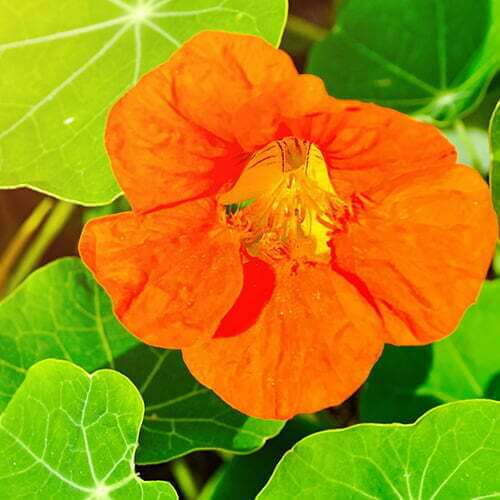

Description: Dark bronze-green, aromatic, smooth-textured and glossy-textured foliage. 